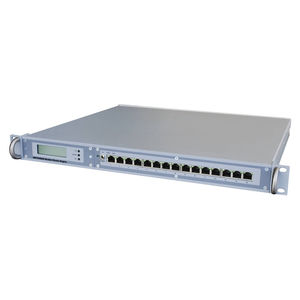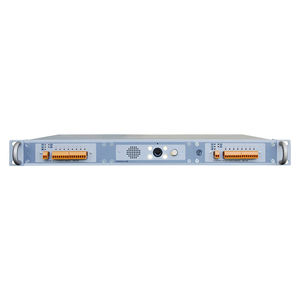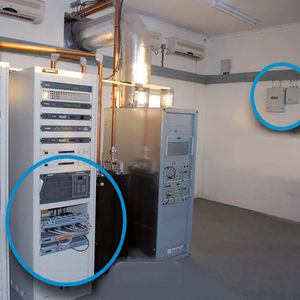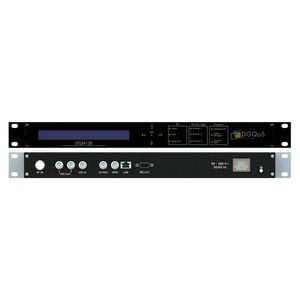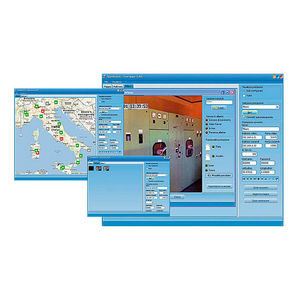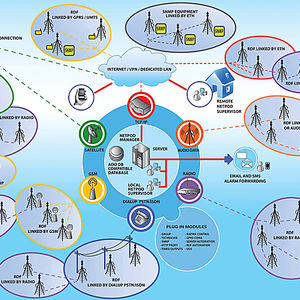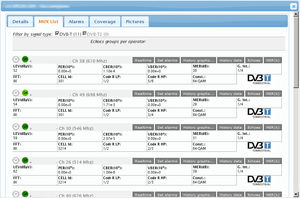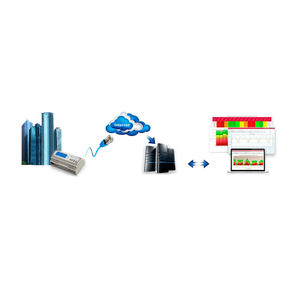
Condition monitoring system METERpowerlevelmeasurement
Add to favorites
Compare this product
Characteristics
- Type
- condition, power, level
- Applications
- measurement
- Interface
- internet
- Other characteristics
- digital
Description
RF signal level, MER, BER in key decoding spots and PER
Digital television requires significantly fewer measurement parameters to evaluate the quality of the transmitter output signal. Broadcasters and Network Operators are increasingly interested in knowing the real performance of terrestrial DTT networks, critical especially after the introduction of SFN transmission. The DGQoS Meter allows operators to accurately verify the quality of signals received in viewers’ homes emulating the reception quality of set-top boxes and TVset.
The DGQoS Meter performs a significant amount of measurements: RF signal level, MER, BER in key decoding spots and PER.
Sequencing Mode
Connects to the internet thru 2G/3G or DSL and remains in this condition. Monitors programmed channels in round robin mode.
Real Time mode
Used to monitor in real time all available Datapoints. The user sends a request, the answer from the probe is sent as soon as possible which usually means a few seconds (channel power, MER, BER) to about a minute (constellation diagram, Echo pattern).
Efficient mode (soon available)
Monitors programmed channels in diluted intervals, connects to the internet a few times a day but remains in listen mode in order to be called.
Low power mode (soon available)
Monitors a few times a day then turns off. Connects to the internet only for downloading data.
SEQUENCING AND REAL TIME MODES
There are 2 ways of operating the probe in normal mode: SCAN and REAL TIME. In SCAN the probe sequences thru the programmed channels and logs the data to the control center. The amount of data is user programmable. SCAN mode can be switched to REAL TIME.
Catalogs
ESSPX-KU400
2 Pages
Related Searches
- Measurement monitoring device
- Continuous monitoring device
- Digital monitoring device
- Condition monitoring device
- Monitoring control system
- Benchtop monitoring system
- Ethernet monitoring device
- Alarm monitoring device
- Process control system
- Compact monitoring device
- Current monitoring device
- Power monitoring device
- Level monitoring device
- IP monitoring device
- Power control system
- Field monitoring system
- Server monitoring module
- Internet monitoring device
- Video monitoring system
*Prices are pre-tax. They exclude delivery charges and customs duties and do not include additional charges for installation or activation options. Prices are indicative only and may vary by country, with changes to the cost of raw materials and exchange rates.





